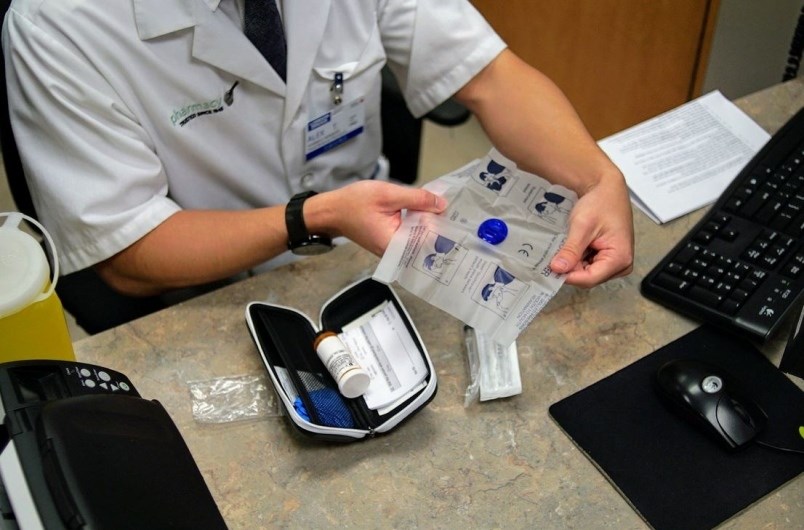So much focus has been on the COVID-19 pandemic that our other public health emergency is often ignored or, at best, gets attention once a month when the number of people dying from toxic drug overdoses is released.
The opioid crisis was declared a public health emergency way back in April 2016 and the pandemic has taken a bad situation and made it much worse. As our social behaviours changed – notably much less close contact with others – many fatal overdoses occurred in people using drugs alone, with no one there to help.
B.C. recently passed a grim milestone by setting another record for illicit drug deaths.
More than 1,500 people died in the first nine months of this year, including a record 181 deaths in August. That is a 24% increase above the same period last year.
The BC NDP government recently added 10 more specialized addition beds and more social worker teams at Fraser Health hospitals, which should have some positive impact.
The real game changer, however, could be the B.C. government’s official request to the federal government to decriminalize small amounts of illicit drugs for personal use. So far, Health Canada has not replied to the request.
B.C. Chief Coroner Lisa Lapointe considers decriminalization a crucial step towards turning the crisis on its ear. Addictions Minister Sheila Malcolmson argues decriminalization would reduce the “fear and shame” some drug users feel and often prevent them from seeking help.
Decriminalization may help address another large factor that is driving illicit drug fatalities upwards. Such a move could make the drug supply chain considerably safer.
B.C. already has a safe drug supply program that allows a doctor or nurse to prescribe alternatives to illicit drugs but it is apparently working unevenly in different parts of the province.
The closure of the Canada-U.S. border in March 2020 marks the point at which deaths started to escalate, as the drug supply chain was disrupted and replaced by a more dangerous supply.
Lapointe’s latest report said fentanyl caused 84% of the deaths this year and the number of people dying from an overdose of the more lethal carfentanil has more than doubled this year to 177.
The reopening of the border may also affect the supply chain’s safety, although it may take some time to see any evidence of that happening.
Hopefully, Ottawa and Health Canada heed B.C.’s request for decriminalization of small amounts of drugs for personal use. It has been clear for years that outright drug prohibition simply does not work and a new approach is needed.
Until Ottawa acts and until B.C. puts even more resources into dealing with the crisis (difficult to do when the COVID-19 public health emergency puts an enormous strain on existing resources) the deaths will continue to mount.
However, they will still fly below the radar for much of a public that continues to find itself still in the grip of a pandemic that has turned many lives upside down. Illicit drug use is still viewed by many as “someone else’s” problem, and that’s a shame.
Keith Baldrey is chief political reporter for Global BC.



